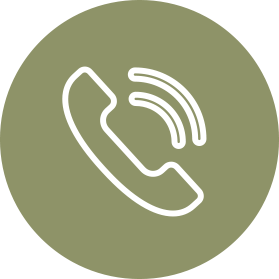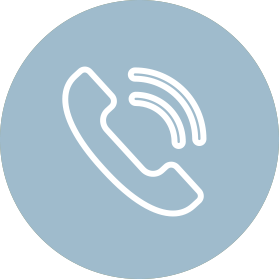Be Sure to Keep Your Toothbrushes Clean!
You know it’s important to replace your toothbrush every few months, but how do you keep it clean in between replacements? Your toothbrush can attract dirt and bacteria, so it’s important to keep it as clean as possible. Here are a few tips to help you keep your toothbrush clean.
Rinse with Hot Water
After using your toothbrush, make sure that you rinse it well with hot water. This will remove anything cleaned off your teeth and your mouth from the toothbrush. It wouldn’t hurt to give it a rinse before each use also. Even if you rinse your brush after you use it, hardened toothpaste can still build up on the bristles and the handle of the toothbrush. Every week or so, you should inspect the entire brush to make sure there’s no build up. You want the bristles to be in the best shape they can to do their job. Removing any hardened buildup every week or so will keep your toothbrush clean.
Sterilize Your Toothbrush
Many dentists and oral health experts don’t believe it’s necessary to sterilize your toothbrush, especially if you replace it often enough. But if this is something you choose to do, it will definitely keep your toothbrush at its cleanest. Once a month you can sterilize your brush by letting it sit in boiling water for a few minutes. This will help kill any bacteria that may be on your brush. If you’ve been sick and don’t have a fresh toothbrush on hand, this choice makes the most sense until you can get a new one. You will effectively kill any lingering germs.
Protect Toothbrushes from Germs
If you leave your toothbrush in a cup or other holder on the counter between uses, you may not realize this leaves your toothbrush exposed to particles in the air. When you do your bathroom cleaning, remove your toothbrushes from the room while you spray things down and clean. When you flush the toilet, always make sure the lid is down, especially if your bathroom is small. While this doesn’t prevent all particles from escaping into the air and on to your toothbrush, it will help considerably.
Store Them Properly
Air dry your toothbrush and store it upright. If your toothbrush is stored with others, you want to make sure they don’t touch. You don’t want to store your toothbrush laying down as this won’t help the water drain away from bristles. Bacteria grow better in moist areas, so you want your toothbrush to dry out completely between uses.
Although the American Dental Association has said that, “There is insufficient clinical evidence to support that bacterial growth on toothbrushes will lead to specific adverse oral or systemic health effects,” you want to do what you can to protect your toothbrush and your overall health. Be sure that you replace your toothbrush every few months (once a season is ideal) and after being sick with a cold or flu.
 DOWNTOWN
DOWNTOWN SEAPORT
SEAPORT GOVERNMENT
GOVERNMENT

